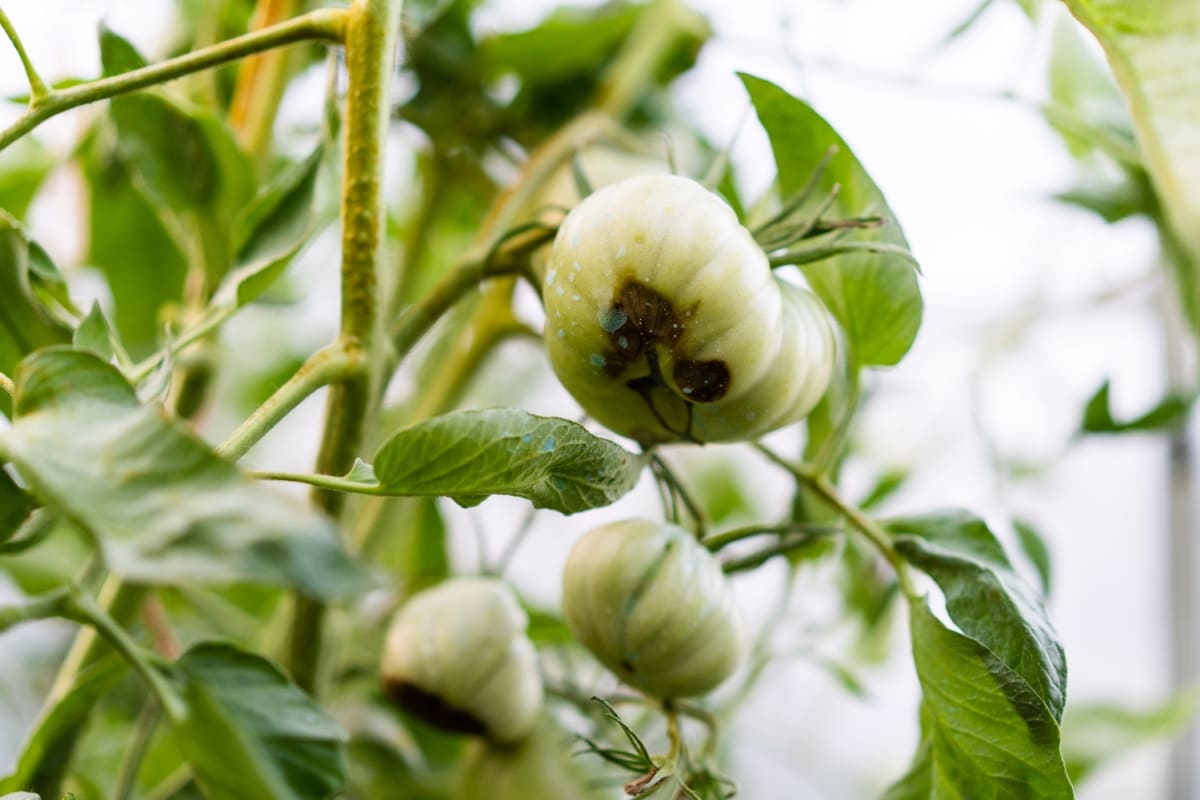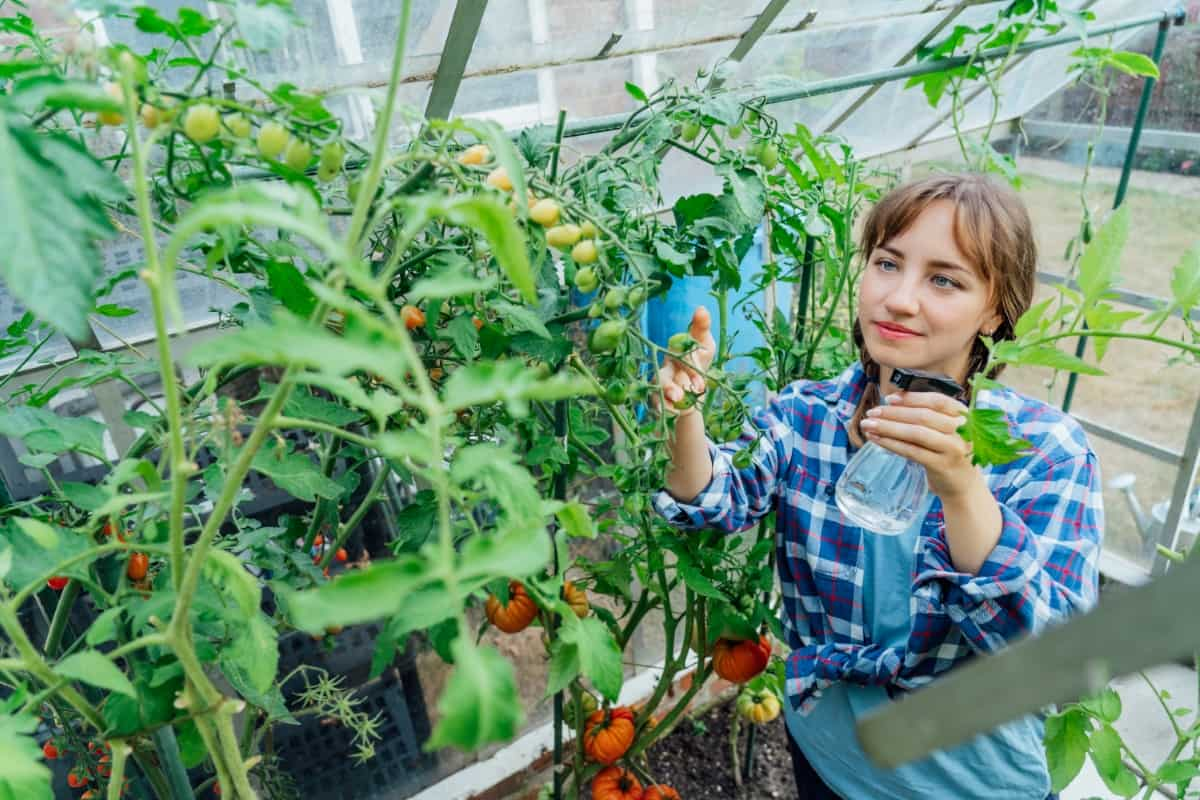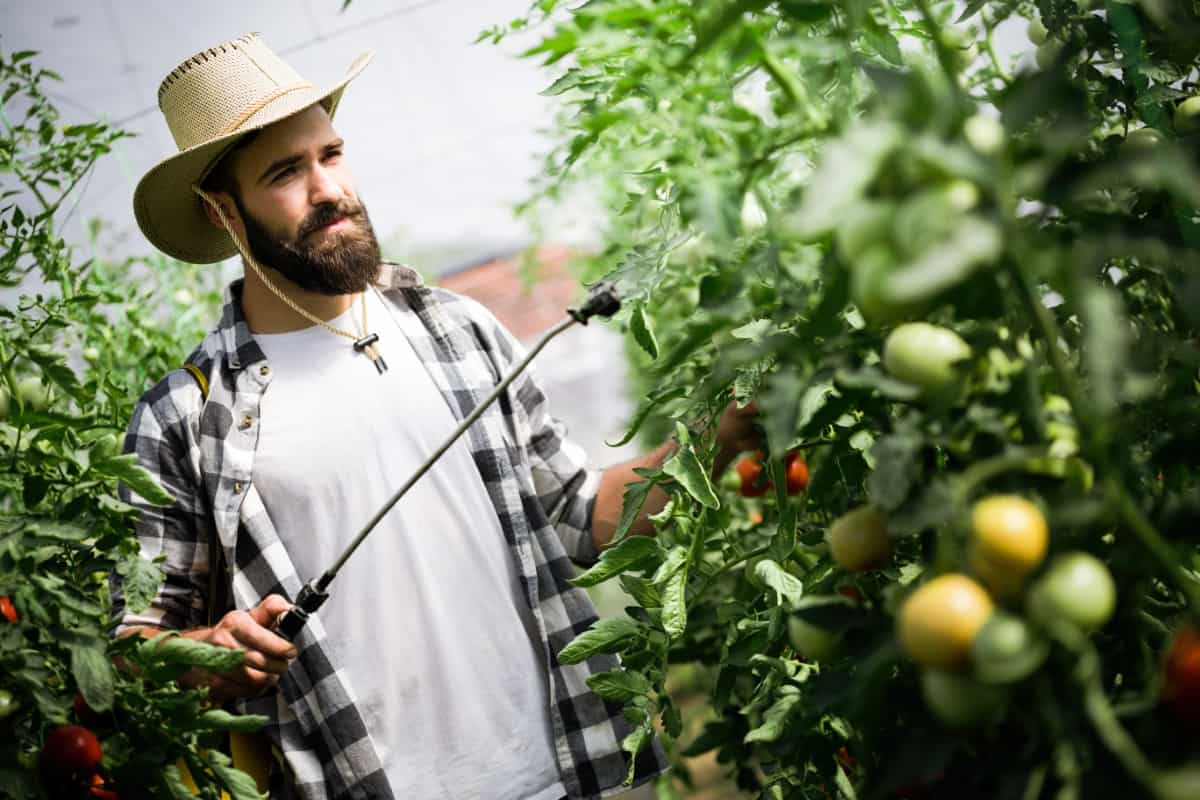In the dynamic realm of greenhouse cultivation, managing fungal diseases is a paramount challenge that demands a multifaceted approach. This comprehensive guide, “How to Manage Fungal Diseases in Greenhouse Crops,” delves into the diverse strategies available to horticulturists, farmers, and greenhouse enthusiasts.

How to Manage Fungal Diseases in Greenhouse Crops
Understand the Causes and Types of Fungal Diseases in Greenhouse Crops
The proliferation of various fungal pathogens, such as Botrytis, Powdery Mildew, and Fusarium, primarily causes fungal diseases in greenhouse crops. The controlled environment of a greenhouse, with high humidity and warm temperatures, creates an ideal breeding ground for these pathogens. The introduction of contaminated plant material, soil, or water, along with poor ventilation and overcrowding, further contribute to the onset of fungal infections.
Botrytis, commonly known as gray mold, thrives in humid conditions and affects a wide range of greenhouse crops, causing necrosis of plant tissues. Powdery Mildew, another prevalent fungal disease, forms white powdery patches on leaves, inhibiting photosynthesis. Fusarium, a soilborne pathogen, attacks plant roots, leading to wilting and stunted growth.
How to Identify the Symptoms of Fungal Diseases in Greenhouse Crops
- Visual cues often vary depending on the specific pathogen, but common signs include wilting, yellowing, and necrotic lesions on leaves.
- Botrytis manifests as grayish-brown spots with a fuzzy texture, particularly affecting older leaves and flowers.
- Powdery Mildew is identifiable by the powdery white substance on the upper and lower leaf surfaces, eventually leading to leaf distortion.
- Fusarium infections commonly result in yellowing and wilting of lower leaves, progressing upwards in severe cases.
- Root rot, another consequence of Fusarium, is evident through decayed and discolored roots.
Control Fungal Diseases in Greenhouse Crops Through Crop Rotation
By alternating plant species, particularly those susceptible to specific fungal infections, the risk of disease recurrence decreases. This practice helps break the continuous availability of host plants for the pathogens, hindering their ability to establish and persist. Effective crop rotation involves planning a sequence that considers the susceptibility of different crops to specific fungal diseases. Rotating with non-host or less susceptible plants helps reduce the inoculum levels in the soil, minimizing the chance of reinfection.
In case you missed it: How to Control Greenhouse Pests Naturally: How to Get Rid of Them With Natural and Organic Treatment

Additionally, the practice contributes to overall soil health, preventing the accumulation of pathogens and promoting a balanced ecosystem. Regular monitoring and adjustment of rotation plans based on disease history enhance the success of this sustainable and preventive approach in greenhouse crop management.
Use Fungicides to Manage Fungal Diseases in Greenhouse Crops
Fungicides play a crucial role in managing fungal diseases in greenhouse crops by effectively controlling and preventing the spread of pathogens. These chemical compounds inhibit the growth and development of fungi, reducing the severity of infections. When selecting fungicides, it’s essential to consider the specific type of fungal pathogen and the targeted crop, ensuring compatibility and effectiveness.
Application methods, such as foliar sprays or soil drenching, are employed to deliver fungicides to the plant surfaces or root zones, providing protective and curative actions. Regular and timely application, especially during periods of high disease pressure, is critical for optimal results. However, it’s crucial to follow recommended dosage, application frequency, and safety guidelines to prevent issues like resistance development and environmental harm.
Biological Control Methods for Fungal Diseases in Greenhouse Crops
Biological control methods offer sustainable and environmentally friendly alternatives for managing fungal diseases in greenhouse crops. Utilizing natural enemies, such as beneficial microorganisms and predatory insects, helps suppress fungal pathogen populations. Biopesticides containing beneficial fungi, like Trichoderma spp., compete with and parasitize pathogenic fungi, limiting their growth.
Additionally, beneficial insects such as ladybugs and predatory mites can be introduced to feed on fungal pests, providing an effective control measure. The use of antagonistic bacteria and mycorrhizal fungi enhances the plant’s natural defense mechanisms, promoting disease resistance. This holistic approach not only mitigates fungal diseases but also maintains a balanced and sustainable greenhouse ecosystem.
Organic Control Approaches for Fungal Diseases in Greenhouse Crops
Employing organic fungicides derived from plant extracts, essential oils, or beneficial microbes like Bacillus subtilis offers an environmentally friendly alternative. Neem oil, for example, exhibits antifungal properties and is commonly used in organic farming. Cultural practices like proper sanitation, crop rotation, and maintaining optimal air circulation are fundamental in organic disease management.
Utilizing compost and organic amendments enhances soil health, fostering a robust and disease-resistant plant environment. Biological controls, including introducing beneficial insects and predatory nematodes, contribute to suppressing fungal pathogens in an organic system. Implementing diverse cover crops and companion planting to create habitat for natural enemies further supports disease prevention.
Cultural Control Methods for Fungal Diseases in Greenhouse Crops
Cultural control methods are integral to managing fungal diseases in greenhouse crops through strategic cultivation practices. Proper sanitation, including the removal of plant debris and infected plant material, reduces the presence of fungal pathogens. Implementing adequate spacing between plants enhances air circulation, minimizing conditions favorable for fungal growth. Controlled watering practices, such as drip irrigation and avoiding overhead watering, help maintain soil moisture levels without promoting excessive humidity.
In case you missed it: Management of Fungal Diseases on Apple Trees: How to Control and Prevent with Natural and Organic Treatment

Choosing disease-resistant plant varieties and implementing crop rotation are effective cultural strategies. Sterilizing greenhouse equipment and using clean, disease-free planting material further prevent the introduction and spread of fungal pathogens. Combined, these cultural control methods create an inhospitable environment for fungi, reducing the risk and severity of infections in greenhouse crops.
Integrated Pest Management (IPM ) for Fungal Diseases in Greenhouse Crops
Integrated Pest Management (IPM) for fungal diseases in greenhouse crops involves a holistic and sustainable approach that combines various strategies. Regular monitoring of crops helps detect early signs of fungal infections. Cultural controls, such as proper sanitation, crop rotation, and optimized watering practices, create an unfavorable environment for fungal pathogens.
Biological controls, including the introduction of beneficial organisms like predatory insects or beneficial fungi, help suppress fungal populations. Judicious use of organic and chemical fungicides, when necessary, is integrated with other measures. Implementing IPM strategies ensures a balanced and effective approach to managing fungal diseases, minimizing reliance on any single control method, and promoting the overall health of greenhouse crops in an environmentally conscious manner.
Monitoring and Scouting for Fungal Diseases in Greenhouse Crops
Monitoring and scouting are crucial components of managing fungal diseases in greenhouse crops. Regular inspections involve systematic examination of plants to detect early signs of fungal infections, such as discoloration, lesions, or abnormal growth. Employing hand lenses or other tools aids in thorough observation. Monitoring environmental conditions, including humidity and temperature, helps predict disease risks.
In case you missed it: Management of Fungal Diseases in Terrace Gardens: How to Control and Prevent with Natural and Organic Treatment

Early detection allows for prompt intervention, preventing the spread of infections. Integrated Pest Management (IPM) plans often incorporate routine scouting to assess the effectiveness of control measures. Dedicated personnel should be trained to recognize symptoms, ensuring a proactive and targeted response to fungal diseases. This proactive approach enhances the overall resilience and productivity of greenhouse crops while minimizing the impact of fungal pathogens.
Conclusion
In conclusion, a comprehensive approach to managing fungal diseases in greenhouse crops involves a synergistic blend of biological, cultural, integrated pest management (IPM), and organic measures. By combining these strategies, growers can create a resilient and sustainable system that minimizes reliance on chemical interventions.
- Beneficial Insects in Pest Management
- Natural Solutions for Pest Control in Flower Gardens
- Types of Fungicides Used in Agriculture
- Common Issues in the Fruit Development Stage of Pomegranate Farming
- Fruit Development Issues in Papaya: Easy Solutions and Treatment
- Soil-Borne Diseases and How to Protect Your Plants
- Practices to Prevent Disease Spread in the Garden
- From Wilted to Thriving: How to Treat Root Rot Naturally in Houseplants
- Natural Remedies to Cure Brown Spots on Fig Tree Leaves